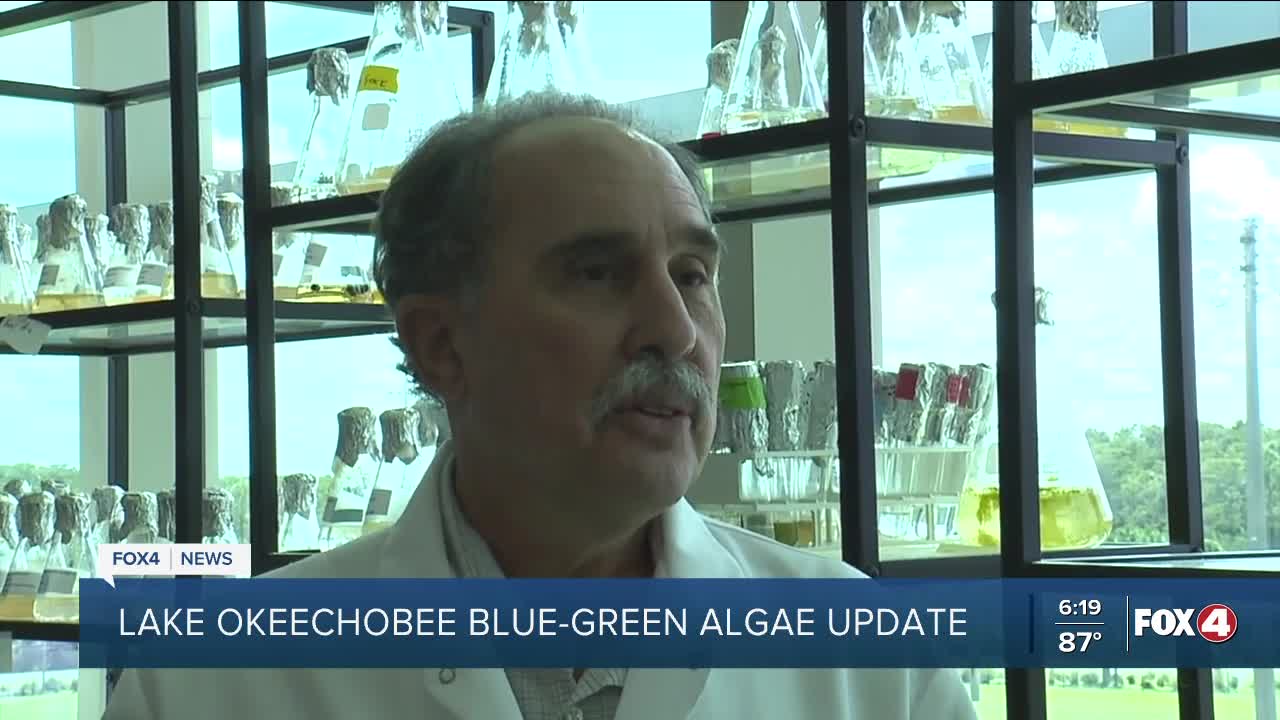LEE COUNTY, Fla. — All summer we have been tracking blue-green algae blooms along the Caloosahatchee, but a lot of those algae health alerts have been canceled in recent weeks. We also don’t see the canals still dyed green by the algae. But did these algae blooms live up to the hype of another summer of slime?
Dr. Barry Rosen, FGCU Water School Professor, says it could have been a lot worse.
“50-50 chance. It always is every year, it is a 50-50 chance because can’t figure out every single complex aspect of what makes a bloom,” said Dr. Rosen. “And sometimes it is just right, and we get this big bloom. And it is really interesting by one organism can become dominant and how long it stays dominant.”
And while there are links between our spring red tide and Hurricane Ian, Dr. Rosen said the connection to this year’s blue-green season isn’t quite as clear.
“It is very sporadic,” said Dr. Rosen. “There have been years where it is really bad over here. I think it was 1995 or 96, I was over here talking about it. And that point we didn’t know anything about the toxins. And yeah, there are blooms that happen and again it is so sporadic, you can’t say hurricane and going to have a bloom.”
That said, a hurricane’s rain can add nutrients to the water, and its wind can mix settled nutrients back into the water column.
“Hurricanes can do that. Strong winds can do that,” said Dr. Rosen. “However even that nutrient resupply, what if it is at the wrong time? The right organisms aren’t there. The optimum opportunists aren’t there, to take advantage of the nutrients. So, that is why it is very complex to say OK, that’s the reason.”
Luckily, blue-green blooms are becoming more and more scarce. Lake Okeechobee only has 5% of the lake experiencing a bloom. That is down from nearly 90% of the lake early this summer. Dr. Rosen said this is likely because blooms are running out of nutrients and the waters beginning to cool.
“Unless a form that likes cooler weather starts to grow,” said Dr. Rosen. “Unless you get the nitrogen-fixing organisms, that taking advantage of there being less nitrogen for their competitors and the ones that can fix their own nitrogen, say ok, everything else is petering out, we are going to start to grow. Would it form the kind of bloom that we see with microcystis? It would be different. The ones that would bloom now don’t have the gooey, gelatinous mass that they live in.
As this algae season starts to come to a close. Dr. Rosen hopes the next season is just as forgiving as this one.





